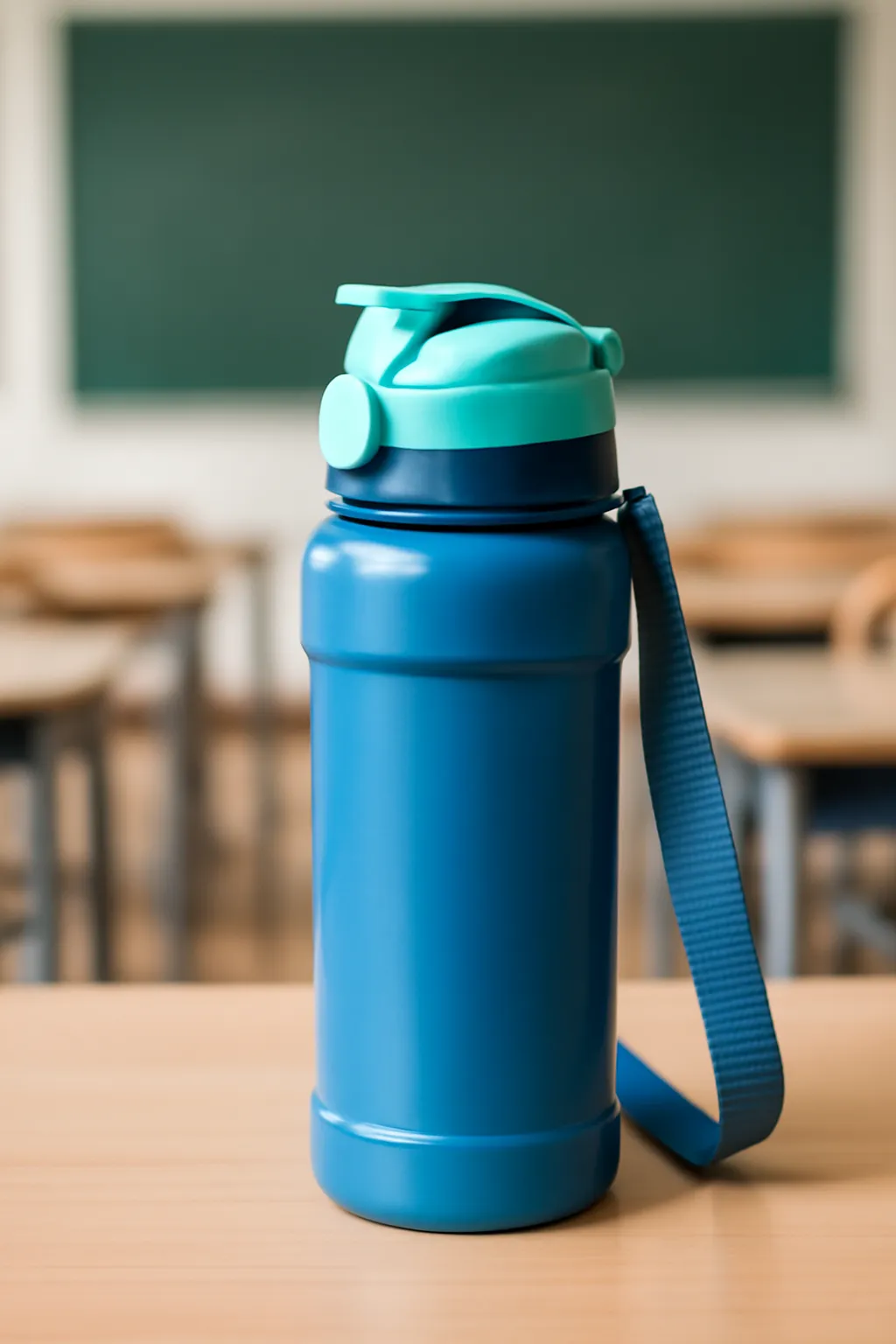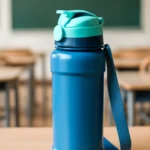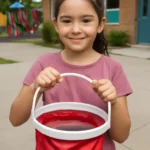Ever wondered what the perfect water bottle size is for an elementary school child? Or how much water they can really drink in just one second? Choosing the right water bottle isn’t just about cuteness—it’s about health, hydration, and hassle-free school days. Discover the best options and sizes to keep your child happy, hydrated, and focused throughout their school routine.
Elementary water bottle
When it comes to choosing an elementary school water bottle, size, design, material, and usability are crucial. Over the years working closely with parents, teachers, and product designers, I’ve seen that a well-chosen water bottle can significantly improve a child’s school experience.
Most elementary students are between the ages of 6 to 12, so their grip strength, daily schedule, and hydration needs must all be considered.
What Makes an Ideal Water Bottle for Elementary Students?
Here are the top factors to consider:
-
Size & Capacity – 350ml to 500ml is ideal.
-
Weight – Lightweight when filled (under 500g).
-
Ease of Use – One-touch open, spill-proof spouts.
-
Material – BPA-free plastic or stainless steel.
-
Insulation – Optional, but useful in hot or cold seasons.
-
Strap or Handle – Makes it easier to carry or attach to a backpack.
-
Design – Fun prints, favorite characters, or bold colors.
-
Cleaning – Removable lids, wide mouth openings.
-
Durability – Can survive multiple drops and spills.
-
Leak-proof – Nothing is worse than soggy books.
Let’s take the case of Mina, a 2nd grader, who used to bring a 750ml bottle daily. While her parents thought “bigger is better,” it ended up being too heavy, and Mina didn’t even finish half of it. After switching to a 400ml bottle with a soft silicone grip and one-touch lid, Mina not only drank more but stopped complaining about carrying it. A small change with a big impact!
Tip from experience: Always test if your child can open and close the bottle by themselves. Even the best bottle is useless if the child can’t use it independently.
To explore the most recommended bottles this year, click the button below.
👉Top Elementary School Bottle Picks👈
1 second of water bottle
This term might sound odd at first, but it’s a clever way to consider drinking efficiency and flow rate. Essentially, “1 second of water bottle” refers to how much water a child can drink in one second, depending on the bottle’s spout design and flow capacity.
Why Is Flow Rate Important?
Children often drink water between classes, during PE, or after lunch. That gives them just seconds to hydrate. A poor design might mean they don’t drink enough—or worse, spill it all over themselves.
From testing dozens of bottles with real kids, here are three common flow types
-
Straw-type Best for controlled sipping, but slower.
-
Squeeze-bottle Great for quick gulps, but prone to leakage.
-
Wide-mouth chug lids Fastest flow, ideal for older kids.
In a test I ran with a group of 3rd and 4th graders, we found that wide-mouth lids let children drink up to 50-70ml in a single second, while straw bottles ranged between 20-35ml/sec. For a child who doesn’t like stopping long to drink, this makes a huge difference.
Case Study: Sam and the Sports Bottle
Sam, age 10, was a soccer-loving fourth grader who needed quick hydration during recess and games. His straw bottle left him frustrated—he couldn’t drink fast enough. After switching to a push-button, wide-mouth bottle with a 600ml capacity and high-flow rate, he stayed hydrated and energized throughout the day.
So next time you’re shopping, think: “How much can my child drink in a second?”
Want to find bottles with optimal flow rate?
Elementary school water bottle size
Now, let’s dig deep into the size. It might seem straightforward, but choosing the right water bottle size for elementary school can be surprisingly tricky. Here’s why:
Hydration Needs by Age
-
Grades 1–2 (ages 6–8) 350ml–400ml
-
Grades 3–4 (ages 8–10) 400ml–500ml
-
Grades 5–6 (ages 10–12) 500ml–600ml
These sizes align with general hydration recommendations, assuming your child drinks twice during school hours and once during lunch.
Keep in mind:
-
Younger children often can’t carry heavy bottles.
-
Older students may need more during physical activity or sports.
-
Teachers may request “no spill” bottles or ones that don’t take up too much desk space.
Real-World Scenarios: What Works
Let’s talk about Jin, age 7, a shy first grader whose 500ml stainless steel bottle was too bulky and kept leaking in her bag. Her mom switched to a 350ml flip-top plastic model with a silicone grip. It was small enough for her backpack pocket, light enough for her hands, and leak-proof. Jin started drinking more, and the classroom stayed dry.
In contrast, Eric, age 11, preferred a 600ml insulated bottle because he joined after-school basketball. He liked the cold water, and the larger size suited his needs.
Takeaway: Match bottle size to your child’s schedule, strength, and water access during the day.
To compare size charts and the most popular models by age, click below.
Conclusion
As the famous saying goes, “Small hinges swing big doors.” Something as simple as the right water bottle can dramatically improve your child’s school experience—by encouraging better hydration, reducing spills, and making carrying easy.
To recap:
-
Elementary water bottles should be light, spill-proof, and age-appropriate.
-
Flow rate matters—how much water your child can drink in 1 second makes a difference.
-
Size should match age, strength, and schedule needs.
Choose wisely, test it with your child, and make hydration a happy habit!






